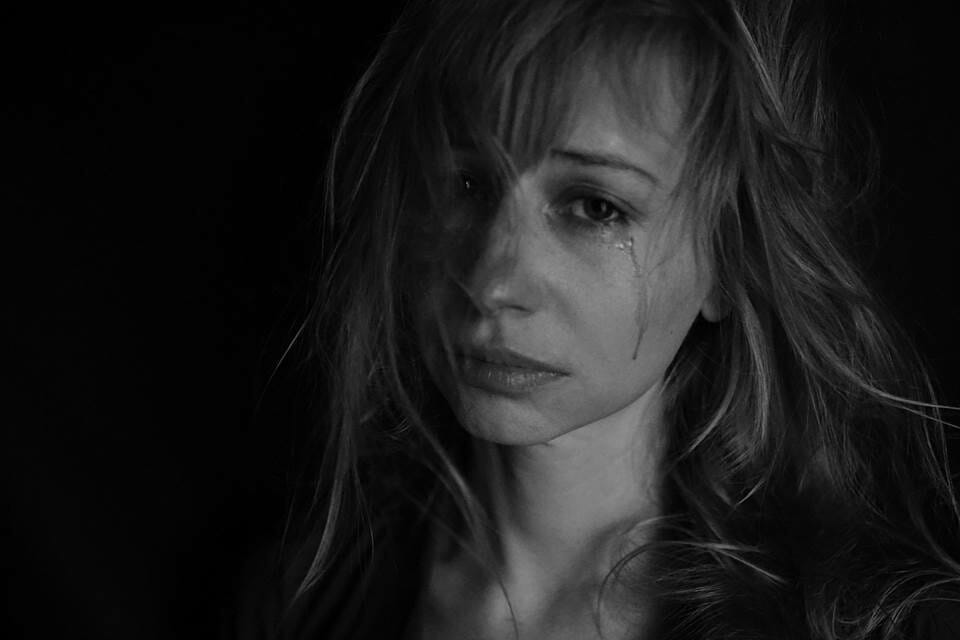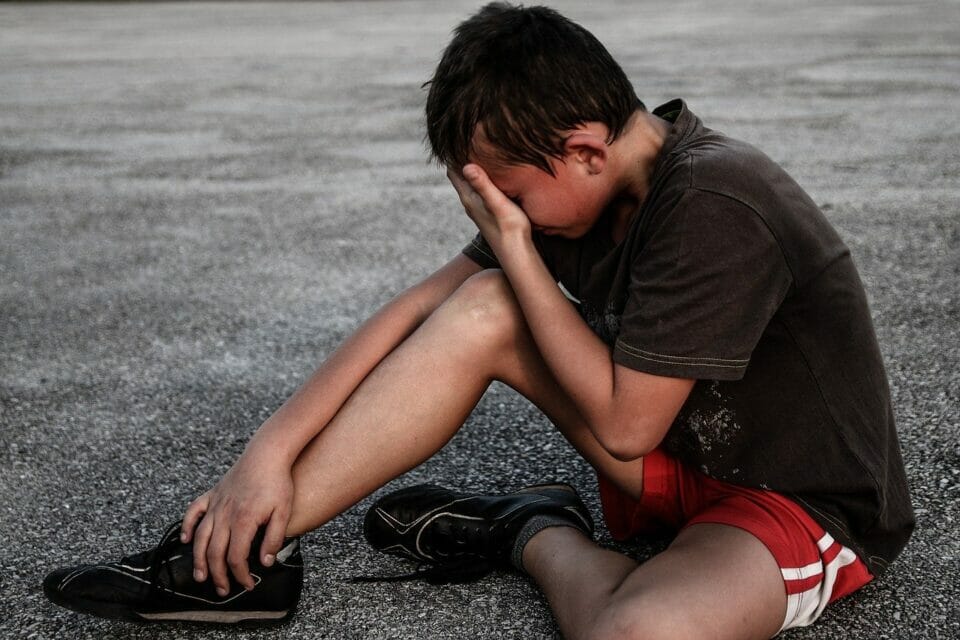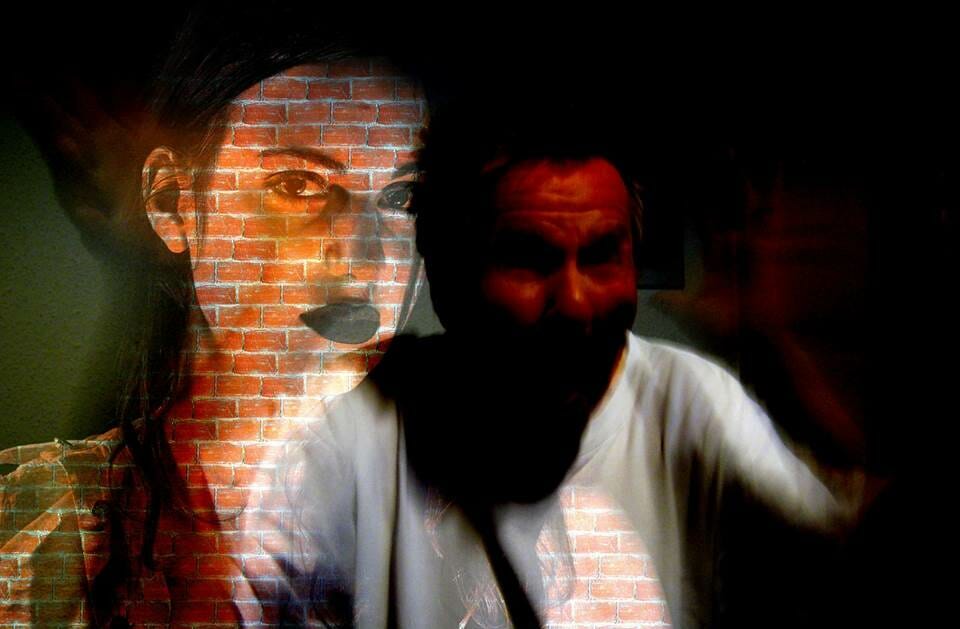

As we all know, the COVID-19 pandemic has affected almost every part of our daily life. Work, school and social engagements were adjusted to follow the restrictions. But the most troubling change is the huge increase in domestic violence all around the world.
Domestic violence has been damaging our society in more ways than COVID-19 ever will. But no one thinks we should shut down schools, states, airlines, restaurants, gyms or businesses until we eradicate it from our society. And we’re going to pay for this long after COVID-19 is gone.
Domestic violence is primarily directed at women and children. Why? Because they are more vulnerable.
Think of it from an evolutionary point of view. Women could not just leave after bearing children. When things were tough, they stayed and cared for their offspring. Similarly, when women suffer domestic violence, they tend to stay at home, because leaving risks them and their offspring even more.
Domestic violence is not a strong, mean person hurting someone weaker. It’s a weak person hurting someone who happens to be weaker in some way. Just like other forms of bullying, domestic violence is an indication of weakness, NOT strength.
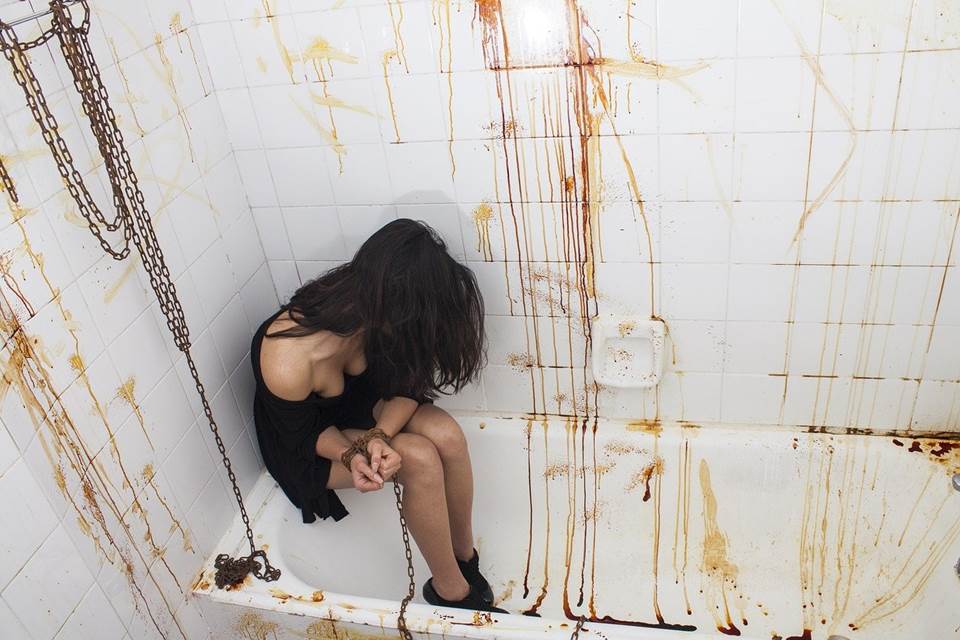

All my life, I’ve rejected the idea that this form of violence related to gender. I think it’s because my dad wasn’t a stereotypical dad. I chose to focus on the uncommon things he did and ignore the stereotypical. And I turned a blind eye to the fact that our prison system is full of men.
Recently, I looked at statistics from the prison system in Australia. I believe the rest of the world is similar, if not worse.
According to the 2017 Prisoner Census, males made up almost 93% of the total standardized prisoner population, while females were only about 7%.
Houston, we have a problem!
The system spends a fortune on every prisoner. In 2020, it cost the Australian government $100,000 a year to keep one person in prison. Yes, per year. Yes, per person.


But the emotional trauma that follows the women and children suffering domestic violence costs the government a whole lot more than $100,000 a year. When we add it all up, it will cost our economy way more than the billions lost due to COVID-19.
This cost includes locking up the father, supporting the mother and supporting the children. But when the children grow up, instead of being law-abiding, tax-paying members of society, the earn less, need more support and commit more crimes.
This is a social pandemic we have to address, and fast. Please read the statistics of violence against women in Australia (again, I’m sure it’s the same everywhere). I think it’s our responsibility to be educated and do whatever we can within our power to advocate for change.
Please note the population in Australia is only 25.5 million people, spread over a land the size of the USA. Also, the statistics are pre–COVID, so right now, things are worse.
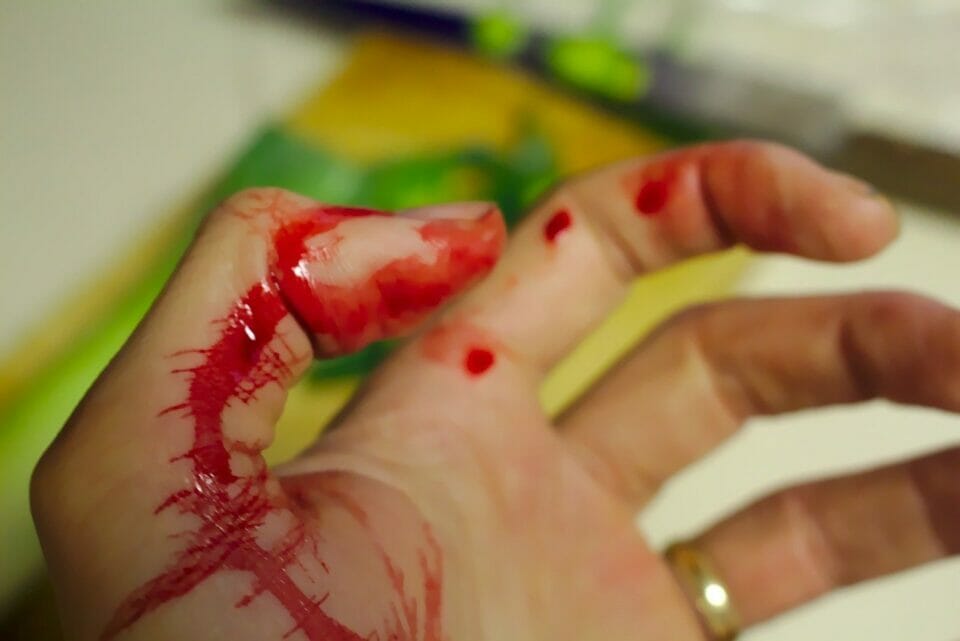

Domestic violence against women
- On average, one woman a week is murdered by her current or former partner.
- 1 in 3 women have experienced emotional abuse by a current or former partner since the age of 15.
- 1 in 5 women have experienced sexual violence since the age of 15.
- 85% of Australian women have been sexually harassed.
- 1 in 6 women have experienced stalking and or abuse since the age of 15.
- Intimate partner violence is a leading contributor to illness, disability and premature death for women aged 18-44.
- Children of mothers experiencing domestic violence have higher rates of social and emotional problems than other children their age.
- 1 in 5 students have been sexually harassed in a university setting.
- 1 in 2 women have experienced sexual harassment.
- 1 in 3 young people using homelessness services have experienced domestic violence.
- Indigenous women are 32 times more likely to be hospitalized due to family violence than non-indigenous women.
- 92% of women who identify as LGBTQIA+ have experienced sexual harassment in their lifetime.


- 9 out of 10 women with a disability have been sexually harassed.
- 1 in 2 women with a disability have experienced sexual harassment in the workplace in the last 5 years.
- Domestic and family violence is the leading cause of homelessness for women and their children.
- Australian police deal with a new domestic violence case every two minutes.
- 1 in 4 women have experienced sexual harassment in the workplace.
- Only 18% of people who experienced workplace sexual assault sought advice or support.
- 1 in 2 employees surveyed consider it acceptable to tell a sexist joke in the workplace.
- Only 20% of employees surveyed would feel very confident knowing how to help a work colleague experiencing violence outside of work.
- 94% of employees agree employers should educate their workforce about respectful relationships between men and women.
- 1 in 2 working people in the last five years have been exposed to workplace harassment, as a victim or bystander.


- 40% of workplace sexual harassment incidents were witnessed by another person. And in 69% of cases, witnesses didn’t try to intervene. Perpetrators are overwhelmingly male.
- 1 in 5 people who were sexually harassed at work said the behavior was common in their workplace.
- 1 in 3 women have been sexually harassed online or via some form of technology.
- Violence against women is estimated to cost the Australian economy $22 billion a year.
- 1 in 4 young people don’t think it’s serious when guys insult or verbally harass girls on the street.
- 1 in 4 young people think it’s pretty normal for guys to pressure girls into sex.
- 1 in 3 young people don’t think controlling someone is a form of violence.
The statistics are horrible. The stress this year has only increased and what seemed like a small, manageable issue was thrown completely out of proportion. The exact statistics showing the increase of domestic violence due to COVID-19 are not fully known. But Google reported a 75% increase in web searches relating to support for domestic violence.
What are we going to do?
I never like when people play the blame game. Blaming men, blaming the government, blaming the rich and wealthy or blaming the privileged. Blaming never helped anyone.
Personally, I believe in education. It’s the best way to change those statistics. Nelson Mandela said, “Education is the most powerful weapon which you can use to change the world”. And I agree with him. Education works!
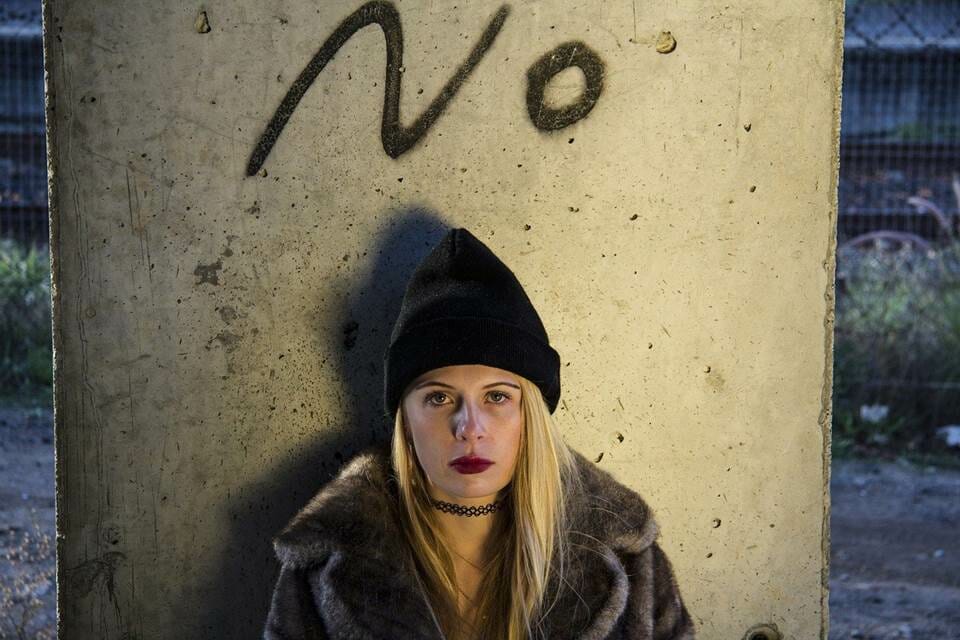

Although literacy and numeracy have their value, I’m talking about a different education. I call it “parenting education”.
I don’t mean telling parents what to do. Parenting education helps parents recognize their skills and abilities, and to parent from a position of strength, not from weakness.
Remember what I said at the beginning? Violence is the act of a weak person who lacks emotional intelligence. A person with limited skills for recognizing and managing their feelings. Someone who thinks that picking on weak people will make them feel stronger.
We need strong parents. Not forceful or aggressive. Not those who seek obedience or use force, but those who feel strong on the inside. Parents who don’t violate the mind, body, and space of others, because they are confident and in control over their own thoughts, feelings, and actions.
In my relationship coaching and parenting workshops, I’ve met plenty of parents who cared about their children very much, and couples who cared for each other, and still used force in their relationships. They were all good people who felt insecure.
Saving one parent will save a whole family, and as a result, a whole generation of children who will grow up with a good example of how to manage relationships without violence.
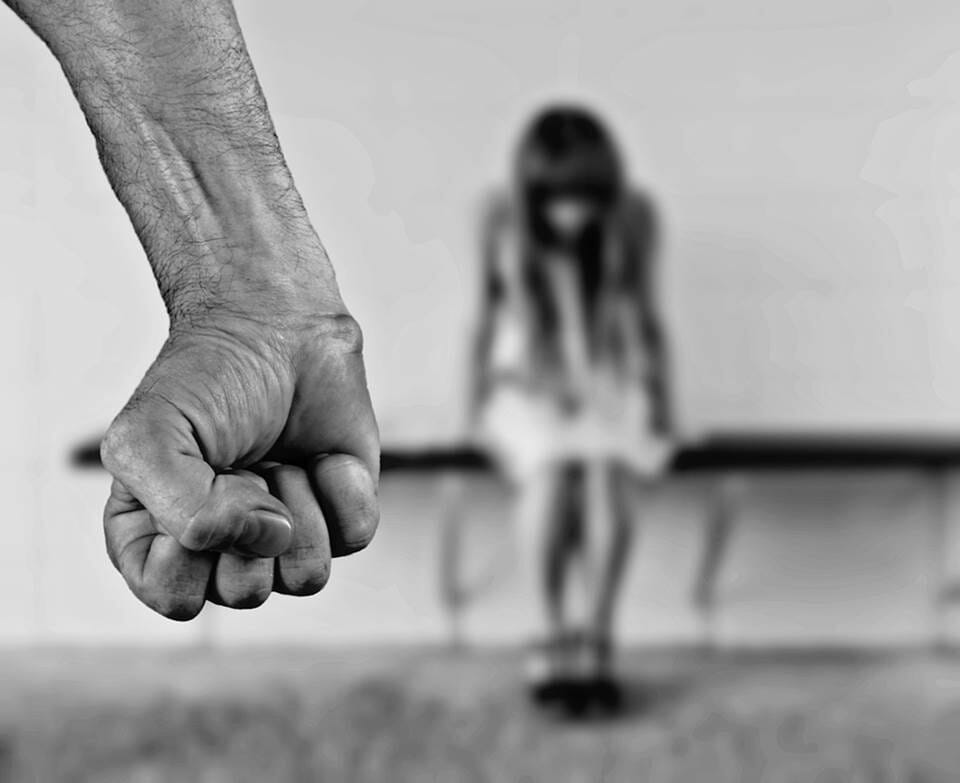

Self-confidence is something we need to learn. In the 13 years we spent at school, the government paid a fortune on teaching us reading, writing, and math. But no one bothered to teach us how to communicate, how to relate, and how to get what we want in life without using force.
Wake up!
We have a problem.
We need to stop domestic violence. We can do it one parent, one man, one woman and one child at a time. Because family matters!
Yours,
Ronit
Ronit Baras
 Healthy Famz Healthy Family News essential tips for a healthy family. Explore practical advice to keep your family happy and healthy.
Healthy Famz Healthy Family News essential tips for a healthy family. Explore practical advice to keep your family happy and healthy.



